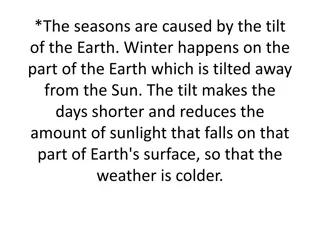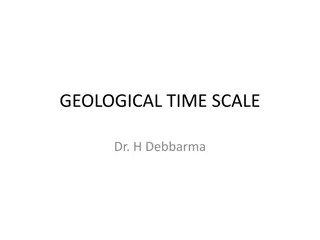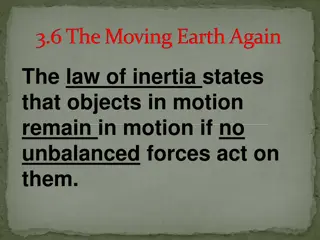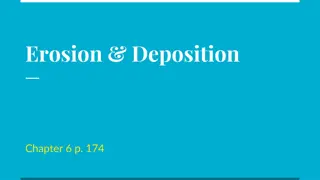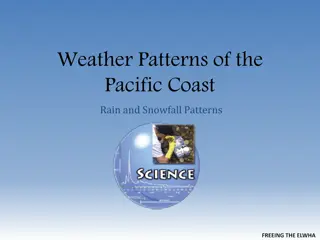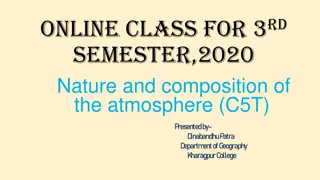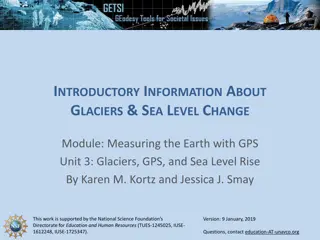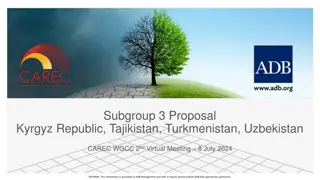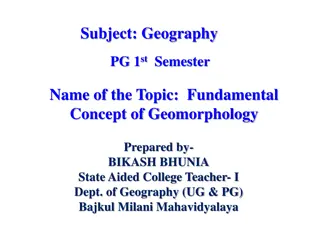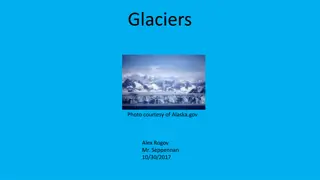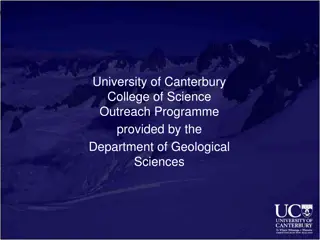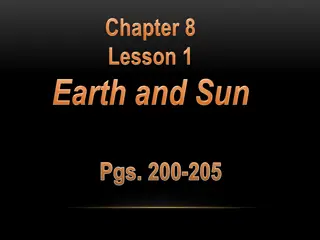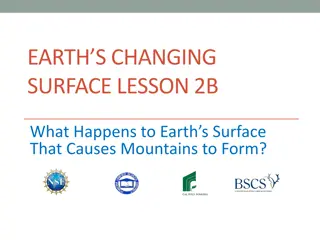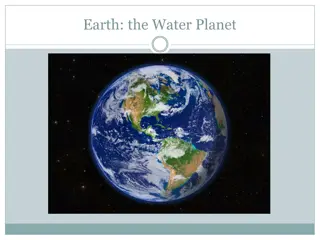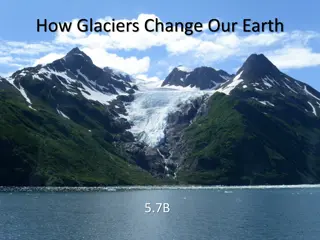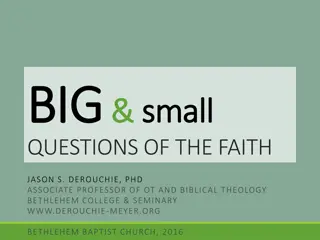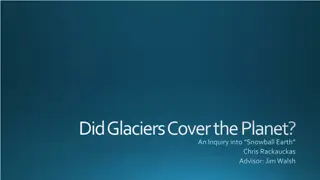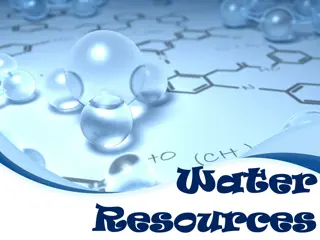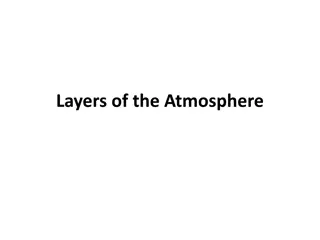Understanding Changes in Glaciers Over Time - EARTH 2017 Lesson
Explore the lesson "I'm Melting, I'm Melting!" focusing on glaciers, Earth's materials cycling, global climate change analysis, and student objectives like developing glacier models. Engage in science practices, understand crosscutting concepts, and participate in engaging activities like ice cube demonstrations and Flubber lab experiments.
Download Presentation

Please find below an Image/Link to download the presentation.
The content on the website is provided AS IS for your information and personal use only. It may not be sold, licensed, or shared on other websites without obtaining consent from the author. Download presentation by click this link. If you encounter any issues during the download, it is possible that the publisher has removed the file from their server.
E N D
Presentation Transcript
Im Melting, Im Melting! Understanding Changes in Glaciers Over Time EARTH 2017 Lesson by Kristina Hayda, Cathy McBride, Patrick Murray, and Stacey Sebert (adapted from activities by Dr. Ellyn Enderlin)
Next Generation Science Standards MS MS- -ESS 2 flow of energy that drives this process. ESS 2- -1 1: Develop a model to describe the cycling of Earth's materials and the HS HS- -ESS3 Analyze geoscience data and the results from global climate models to make an evidence-based forecast of the current rate of global or regional climate change and associated future impacts to Earth systems. ESS3- -5: 5: Earth and Human Activity Earth and Human Activity
Science Practices Developing and using models Analyzing and interpreting data Planning and carrying out investigations Using mathematics and computational thinking Constructing explanations Engaging in argument from evidence
Student Objectives Develop and use a model of how glaciers are affected by changing environmental conditions (temperature, snowfall, topography, etc.) through lab activities Analyze and interpret data to determine change in glacial extent over time Use data and evidence to identify and explain differences between ice forms Recognize and explain that glaciers can be found throughout the world- even at the equator Explain the relationship between Earth s climate and ice forms. Identify factors that influence the rate of glacial melt (temperature, ablation, etc.)
NGSS Crosscutting Concepts Patterns Cause and Effect Systems and System Models Energy and Matter Stability and Change
Engagement: Lesson Introduction Ice Age video clip (approximately 1 minute) https://youtu.be/L02XRHbq Ice Cube Demonstration with discussion of student observations
Exploration Flubber Lab: Students create a physical model of glacier to investigate variables affecting rate of glacial change Students record responses to questions using data collected from activity Students conduct webquest to research background information on glaciers
Explanation Using data provided in Google Sheets file (USGS data), students generate graphs to analyze change in glacial extent over time at various locations
Elaboration Students use a simulation to deepen their understanding of factors affecting glacial movement Students manipulate variables to investigate responses of glaciers to changes throughout simulation, and respond to questions throughout activity https://phet.colorado.edu/en/simulation/legacy/glaciers
Understanding How Glaciers Change Over Time WebQuest - Why does ice matter? Glacier fundamentals Glacier mechanics Data Sources Erosion Graphing Data Select some data on a particular glacier Make a graph Hands-on Activity
Understanding How Glaciers Change Over Time WebQuest - Why does ice matter? Glacier fundamentals Glacier Formation Glacier Types Glacier Locations Glacier mechanics Courtesy of discoverykids.com Linear Movement Internal Structural Changes Melting Sublimation
Understanding How Glaciers Change Over Time Graphing Data Select some data on a particular glacier Examine a particular glacier and look at its data more closely Make a graph by hand or automated tool Identify dependent and independent variables Actually plot data Find rates of area change Find the rates of the rate of area change Compare data to that of a classmate.
Understanding How Glaciers Change Over Time Hands-on Activity Can you even Flubber? Make a substance demonstrating relative flow rates within a glacier. Actually watch the material redistribute itself within its structure PhET simulation See how temperature and precipitation alters glacier mechanics Courtesy of http://www.geology.um.maine.edu Courtesy of AntarcticGlaciers.org
Evaluate Given two images, students will use their experiences in the Engagement, Exploration, Explanation, and Elaboration to identify whether the images given are glaciers or some other ice form. Students will proceed to support their reasoning via the CER method.




